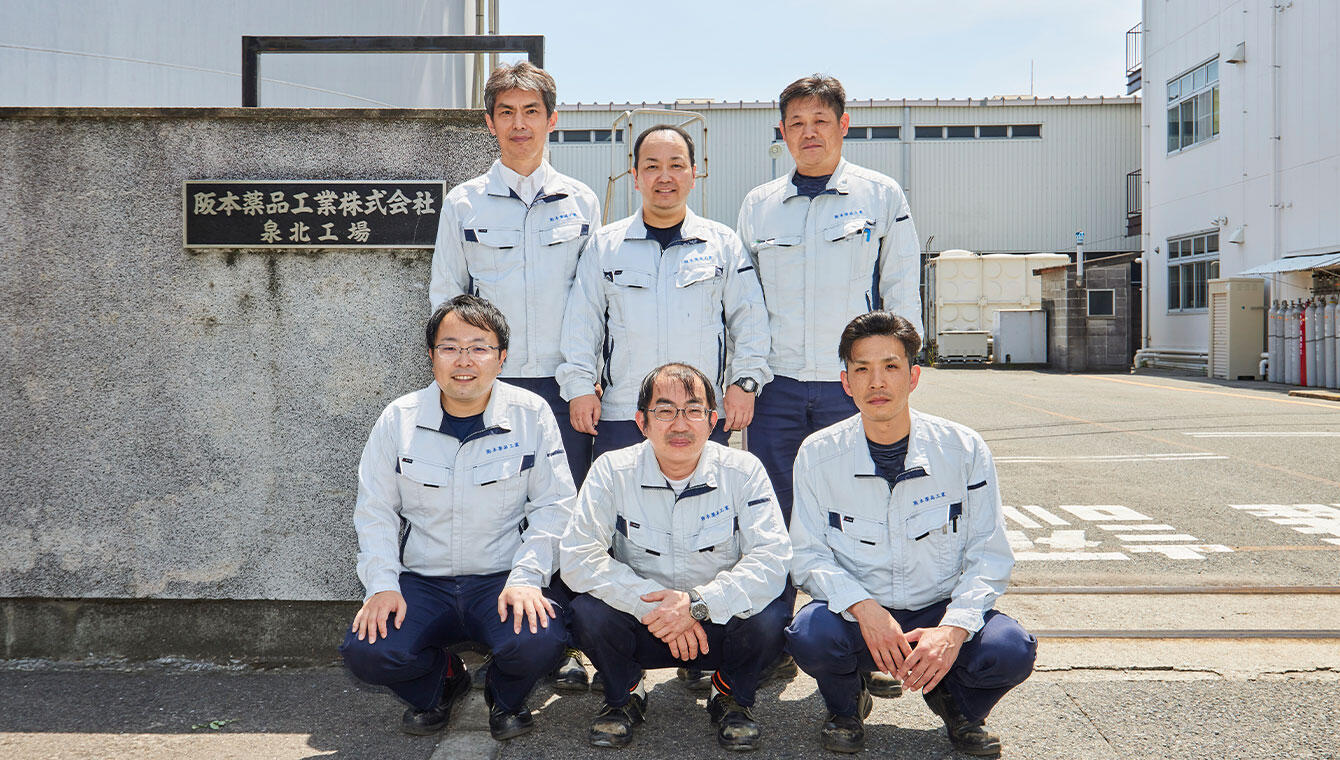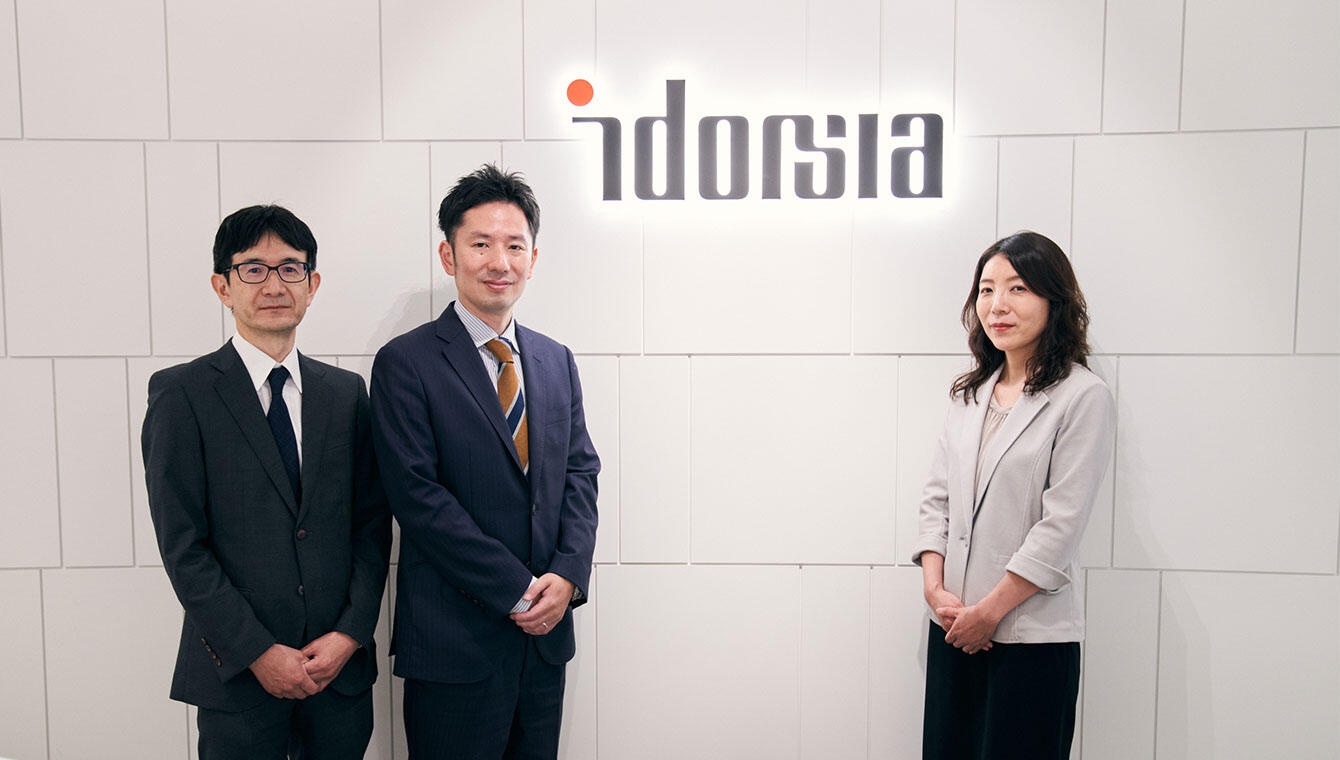Challenges
Rebuilding core business systems with an emphasis on future-proofing (Implementing global standards for core business systems and realizing continuous and stable system maintenance).
Implemented Products/Solutions
SAP R/3
Project Background
The major domestic pharmaceutical manufacturer in this case is one of the leading companies in the pharmaceutical industry. At the time of its introduction, mainframes were due for renewal and there was a wave of downsizing, leading to concerns that in-house development would be too costly and risky.
Therefore, in rebuilding the core operational system that supports pharmaceutical production activities, the company aimed to focus on future-proofing the system with the following:
- Introduction of global standards
- Realizing continuous and stable system operation and maintenance
I aimed for
Reasons for Selecting SAP
After considering several ERP products with an emphasis on globalization, the decision was made to implement SAP as a solution. At that time in 1993, it was a topic of discussion due to it being the first SAP implementation in Japan.
The company collaborated with SAP Japan, SAP Headquarters in Germany, and B-EN-G to develop Japanese functions for the successful introduction of SAP R/3 in Japan.
Implementation Results
By reviewing business processes and introducing SAP, we were able to comply with global standards and create a foundation for the future. The specific items are:
- Integration of production, inventory purchasing, quality, cost, and equipment management
- GMP compliance
- Vertical collaboration with automated warehouses, process control systems, etc.
It is.
Centered on SAP R/3, the company has continued to actively utilize the system to strengthen its competitiveness, including introducing SAP to overseas locations and expanding its target business areas.
*Please note that organization names, positions, numerical data, etc. in the article are based on the time of the interview and may have changed by current viewing.
Related Solutions
Relevant information and case studies based on solutions presented above.
Related Case Studies

Sakamoto Yakuhin Kogyo Co., Ltd.
Manufacturing Execution System Specialized for the Pharmaceutical Industry: PAS-X MES Case Study
Medicine
SCM Execution & Improvement
Pharmaceutical & Medical Device Industries

Nippon Cargo Airlines Co., Ltd.
Aiming to Shift to High-Value-Added Businesses: A Case Study of Accounting System Restructuring with RISE with SAP
Logistics
ERP
SAP

Idorsia Pharmaceuticals Japan Ltd.
Compatible with Global Requirements: Case Study of a Project to Build a Sales Management System Compatible with JD-NET
Medicine
ERP
Pharmaceutical & Medical Device Industries
SAP

